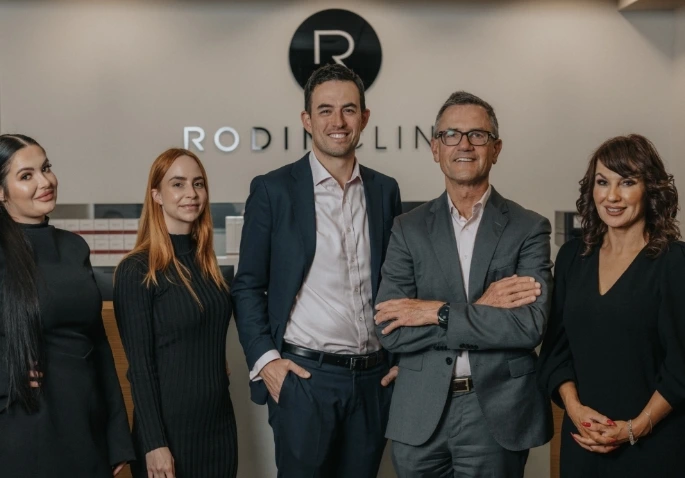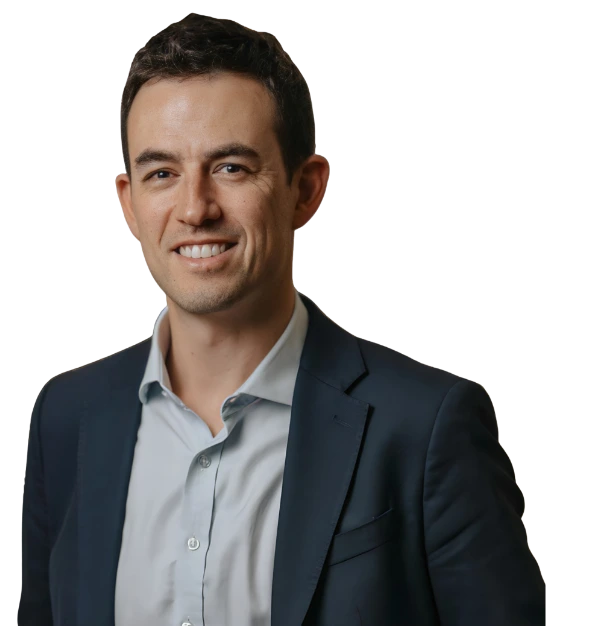Corrects a crooked or off-center septum, improving airflow, reducing snoring, and easing sinus congestion.
Smooths out bumps or humps on the nasal bridge, creating a more balanced, natural, and refined side profile.
Reshapes a bulbous, drooping, or asymmetrical tip, improving definition, symmetry, and overall nasal aesthetics.
Modifies width, length, or asymmetry to enhance facial harmony, ensuring a proportional and natural look.
The procedure may address a variety of aesthetic concerns. Patients who seek out rhinoplasty surgery may be concerned about a large or long nose, a dorsal hump (a large hump on the bridge of the nose), a ‘drooping’ tip, an asymmetrical, a crooked or bulbous appearance, or the size of the nostrils.
As well as addressing specific aesthetic concerns of the patient, rhinoplasty procedures will aim to achieve results that are proportionate to the features of the face. We have advanced computer imaging that will enable us to show you what you can look like after the procedure.
If you’re considering undergoing rhinoplasty, it will be important to discuss the procedure with your surgeon to set expectations ahead of time. Undergoing rhinoplasty can alter one’s appearance. However, it is important to hold realistic expectations.
The best candidates are those with clear expectations, and it’s important that our patients are in good physical and psychological health before considering rhinoplasty. During an in-person consultation, each candidate can discuss their health history, and any lifestyle factors that need to be considered to determine if they are suitable for surgery.
Rhinoplasty surgery is not a one size fits all procedure – every patient will have different procedure steps to suit individual features and personal aesthetic preferences.
The steps of the procedure can influence total procedure time and other aspects, such as anaesthesia fees, which will determine the total costs of the surgery. Surgery fees can also be influenced by the experience level of the surgeon, however, a more experienced surgeon, will generally help to increase the chances of achieving your expected outcome and lowering the potential for complications.
For an accurate procedure costs outline that thoroughly considers the specific details of your procedure, you will need to have an in-person consultation.


The Rhinoplasty
When it comes to planning for your surgery, communication is incredibly important. During the initial consultation at our clinic, our surgeons will discuss the procedure with you and ask what you want to achieve. The structure of your nose and face will then be carefully evaluated to discuss the possibilities.
Understanding the procedure is important, as there are factors that could affect the results. This can include the structure of your nasal bone, the shape of your face, the thickness of your skin, and your age.
After your surgery, you can expect swelling for several days around the area operated on. Your face will feel puffy and your nose may ache. Your anaesthetist will prescribe medication to reduce any discomfort you may experience after your surgery.
We recommend that you stay in bed for the first day after your surgery, with your head elevated to aid with the healing process. If your procedure requires nasal packing, it will be removed prior to discharge and you will begin to feel much more comfortable. Any swelling or bruising from the nose surgery will start to disappear within two weeks, although subtle swelling will remain for several months.
Most patients who undergo rhinoplasty at our clinic can return to work a week following the surgery. However, it may be several weeks until you are completely ready to return to your normal schedule. You will be given some guidance in further detail as to what you should and shouldn’t do throughout your recovery period, with consideration to your personal lifestyle and routine.
After the surgery, it is easy to forget that your results can take some time to show, since the face can become quite bruised and swollen initially. Rest assured that this stage will eventually pass. As the days and weeks progress, your nose will begin to look much better. It is important to remember that healing is a slow and gradual process, and some swelling is quite a normal part of the body’s healing process. While you will begin to see an improvement as soon as the swelling has subsided, the complete, final results after having rhinoplasty may not be apparent for a year or longer.
As with all cosmetic procedures, there are risks involved with undergoing a rhinoplasty procedure. However, major complications are infrequent. In terms of what can be experienced during recovery, patients can expect swelling, bruising and pain that can be managed with prescribed medication.
Every surgical procedure involves a certain amount of risk, and it is important that you understand these risks and the possible complications associated with them. In addition, every procedure has limitations.
An individual’s choice to undergo a surgical procedure is based on the comparison of the risk to potential benefit. Although the majority of patients do not experience these complications, you should discuss each of them with your plastic surgeon to make sure you understand all possible consequences of Rhinoplasty surgery.
You have questions
Whether you’ve been thinking about undergoing rhinoplasty for cosmetic or respit’story reasons, our friendly and supportive team at Rodin Clinic can help.
Generally, it’s best to recuperate at home where things are familiar, and you can easily access help, if necessary. Some people elect to go away for their recuperation after rhinoplasty, and that should be fine – however, it will be important that you have adequate access to wound care and can receive help with daily chores throughout the earlier days of your recovery.
Surgeons will always aim to create minimal scarring by carefully choosing incision placement, however, the placement of the incision will also need to be the most suitable and effective for the nature of the procedure. Scarring is unfortunately a risk of any surgical procedure, however, this does not mean that you will necessarily be left with noticeable scarring. Scarring can fade over time and can be minimised by following recovery instructions, providing the body with a sufficient recovery period.
Following your rhinoplasty procedure, you will be prescribed pain medication which may be an analgesic or an anti-inflammatory, or sometimes a combination, and this prescription is given to you by your anaesthetist. If you have concerns about post-operative pain relief, please ensure that you discuss these with your anaesthetist.
Plastic Surgeons undergo extended rigorous training which involves at least seven years of post-graduate study. Under current legislation, anyone can call themselves a cosmetic surgeon, provided that they are a doctor. However, unless you have a higher specialist qualification in plastic surgery you are not allowed to call yourself a Plastic Surgeon. Dr Cooper is a qualified Plastic and Reconstructive Surgeon who performs cosmetic surgery, backed by years of extensive experience.
Copyright 2019-2022 Rodin Clinic | All rights reserved | Privacy policy